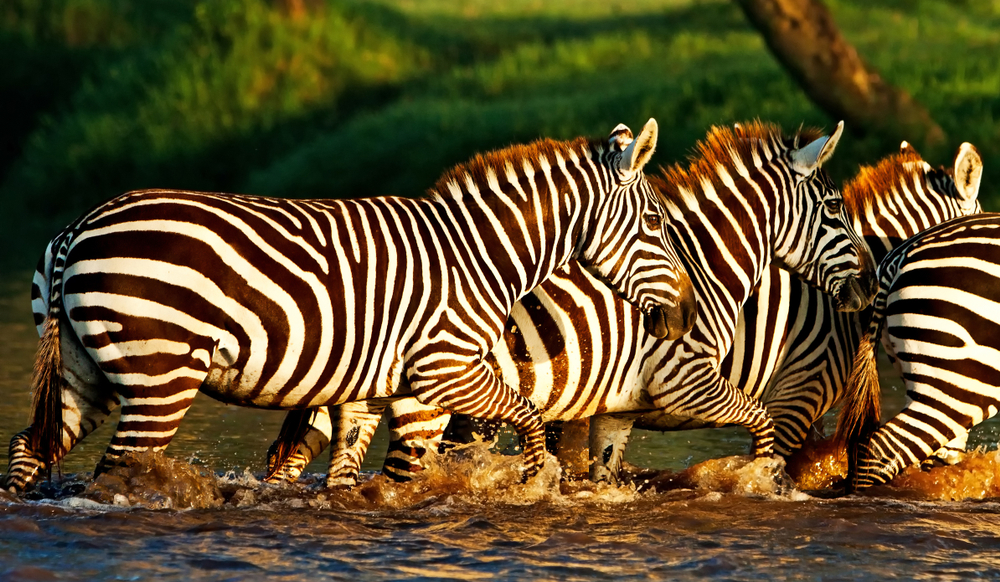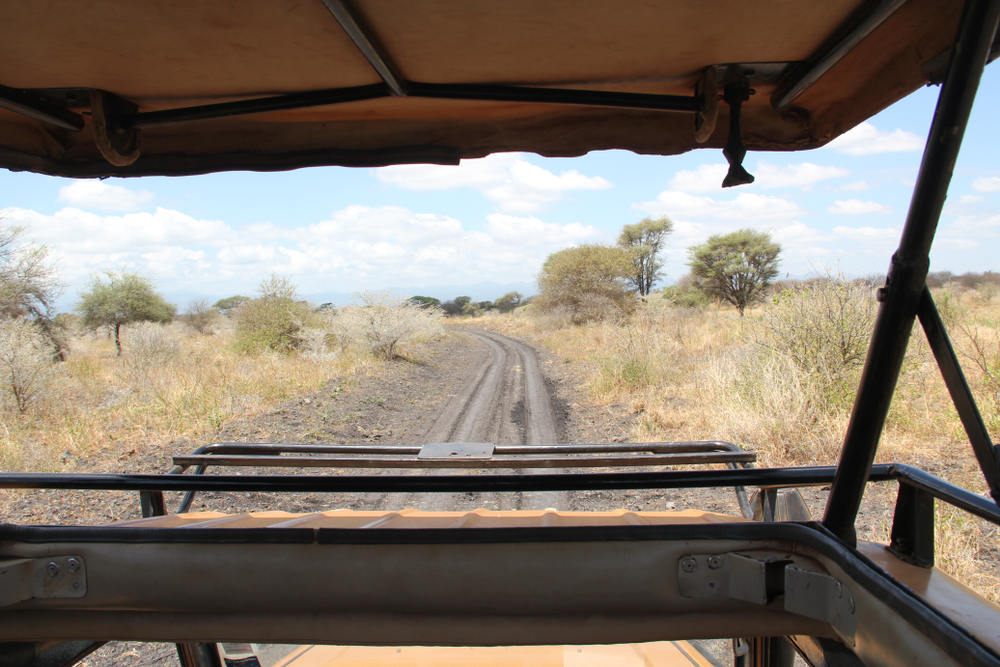Meru Overview
Meru National Park, located in the eastern part of Kenya, approximately 350 kilometers from Nairobi, is a hidden gem among Kenya’s more famous wildlife reserves. Spanning an area of about 870 square kilometers (336 square miles), this park is celebrated for its wild and pristine landscapes that offer a truly authentic safari experience. Established in 1966, Meru National Park gained international fame through the conservation efforts of Joy and George Adamson, most notably with Elsa the lioness, as chronicled in the bestselling book and subsequent film, “Born Free.”
Nestled between the arid plains of the northeast and the lush foothills of Mount Kenya, Meru National Park boasts a diverse range of habitats, from dense riverine woodlands and doum palm groves to wide open grasslands dotted with kopjes. This varied topography supports an impressive array of flora and fauna, making the park a haven for wildlife enthusiasts.
Meru is home to a wide variety of wildlife, including large herds of elephant, lion, cheetah, leopard, and some of Kenya’s rare and endemic species such as the Grevy’s zebra and the reticulated giraffe. The park also provides sanctuary to an incredible birdlife diversity, with over 400 bird species recorded, appealing to bird watchers and nature lovers alike.
One of the park’s unique features is its network of perennial rivers and streams, which traverse the park, feeding into the partially seasonal Tana River. These water sources create lush belts of greenery, offering stark contrasts to the more arid zones of the park and providing critical water points for the park’s wildlife.
Meru National Park’s relative remoteness and lower visitor numbers compared to Kenya’s more frequented parks like Masai Mara or Amboseli ensure a serene and intimate wildlife viewing experience. The park’s extensive road network allows for excellent game viewing opportunities, while its history and the remarkable recovery from past poaching pressures highlight the resilience of Kenya’s wilderness. Whether for game drives, bird watching, or simply enjoying the tranquility of the African bush, Meru National Park offers a captivating and less-traveled safari destination.
Park Map
Meru National Park Highlights
Engaging Meru National Park
Meru National Park Trails
Sources
- African Landmark Safaris, Mt. Meru National Park, http://www.africanlandmarksafaris.com/destinations/tanzania/mtmeru-national-park/, retrieved March 2023.
- And Beyond, Why visit the Mount Meru National Park, https://www.andbeyond.com/advice/africa/kenya/meru-national-park/why-visit-the-meru-national-park/ , retrieved March 2023.
- Kenya Wildlife Service, Meru National Park, http://www.kws.go.ke/content/meru-national-park, retrieved March 2023.
- Magical Kenya, Meru National Park, https://magicalkenya.com/places-to-visit/wilderness-areas/meru-national-park/, retrieved March 2023.
- Mount Kilimanjaro Gide, Mount Meru Arusha National Park, https://www.mountkilimanjaroguide.com/mount-meru.html , retrieved March 2023.
- William, J.G., National Parks of East Africa, HarperCollins Publisher, 1995.




























































































